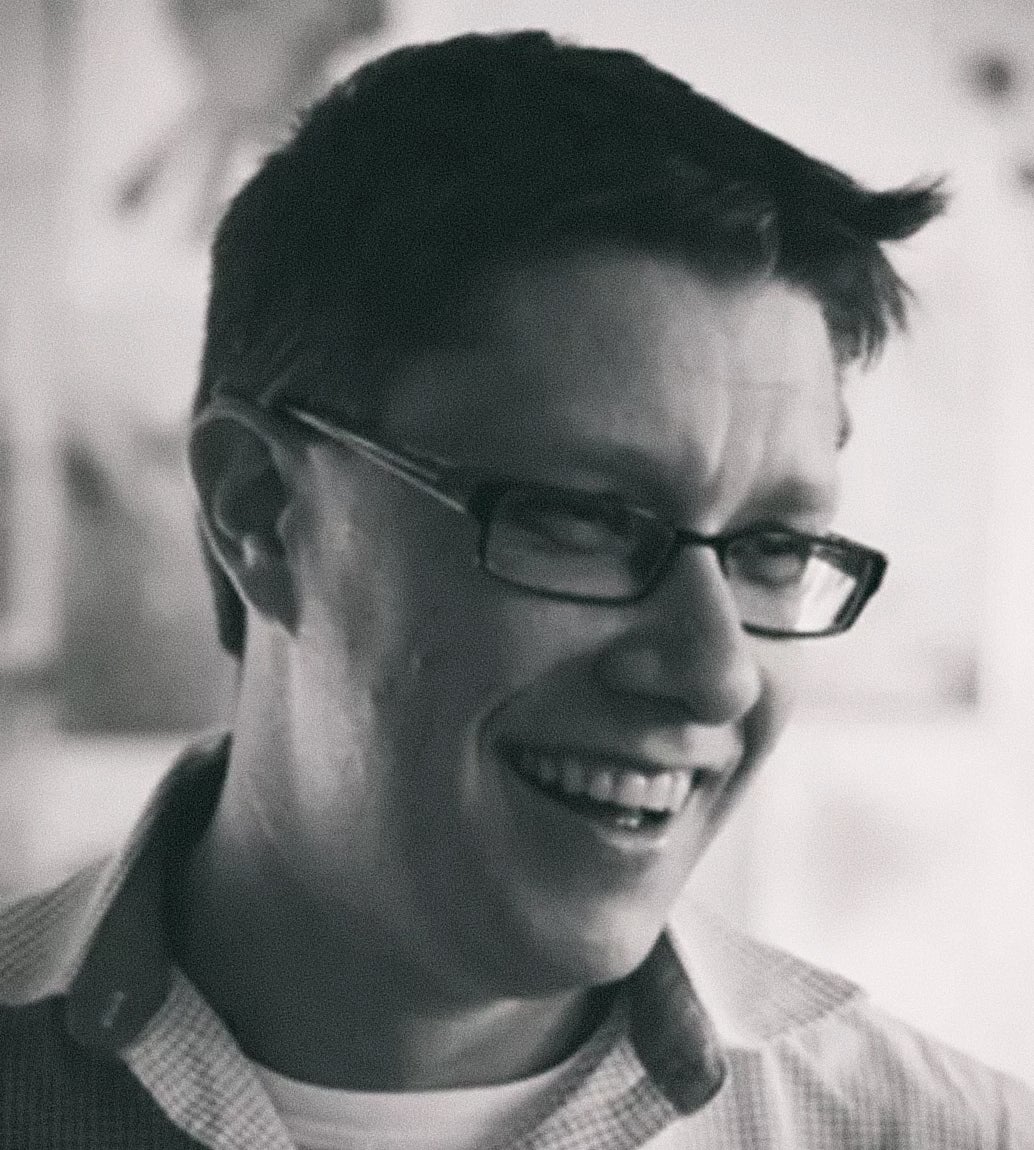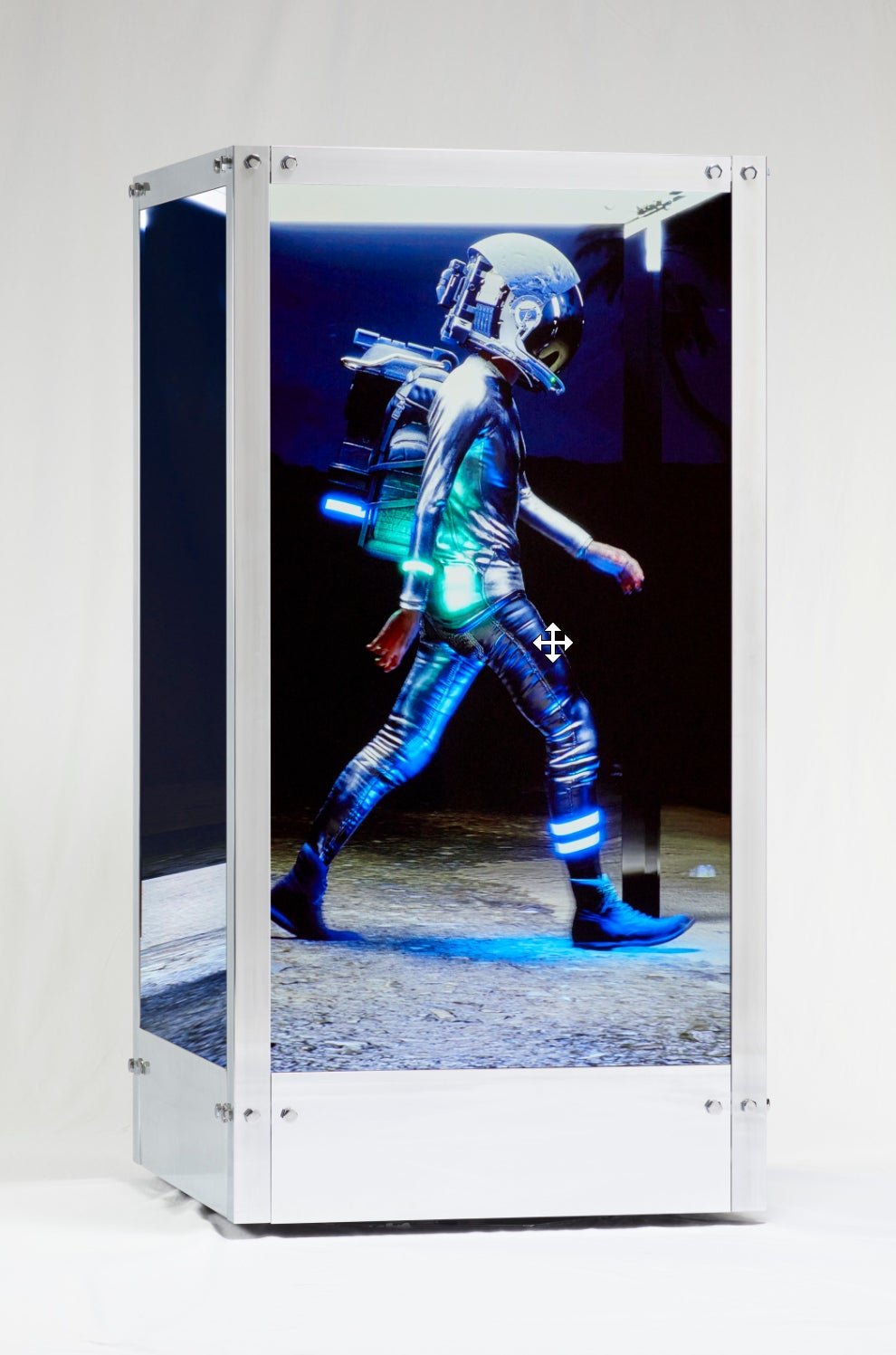How NFT art phenom Beeple staves off the pressure of fame
By many measures, a graphic designer from South Carolina is the hottest artist of the moment. Mike Winkelmann, better known as Beeple, became a cultural icon overnight when a jpeg of his work, backed by a non-fungible token (NFT), sold at Christie’s for $70 million in March. Since then, the 40-year-old has been a guest on Jimmy Fallon‘s late night show, won GQ’s “artist of the year” award, and had his work featured on the cover of Time magazine.


By many measures, a graphic designer from South Carolina is the hottest artist of the moment. Mike Winkelmann, better known as Beeple, became a cultural icon overnight when a jpeg of his work, backed by a non-fungible token (NFT), sold at Christie’s for $70 million in March. Since then, the 40-year-old has been a guest on Jimmy Fallon‘s late night show, won GQ’s “artist of the year” award, and had his work featured on the cover of Time magazine.
In November, Beeple made headlines again when his “kinetic video sculpture” titled Human One sold for $29 million at auction.
At a recent crypto art festival in New York City sponsored by his patrons Metakovan and Twobadour, Beeple was mobbed by fans who waited their turn to get a selfie or a quick word with the affable art world sensation.
So immersed was Beeple in the theatrics of the Nov. 4 event, he postponed his scheduled interviews with the press. But Quartz eventually caught up with him to ask about how he’s dealt with the “ape shit” level fame, as he describes it. The secret, he says, is to keep a laser focus on the aspect of your job that gives you the most pleasure and to keep persevering at it. The following interview transcript has been lightly edited for length and clarity.
Quartz: Has the success and adulation impacted your creativity? Do you feel pressure to produce something better than your last work?
Beeple: In the case of the Christie’s auction in March, the sale closed at 11 am and I had to do another piece that I knew everybody would be looking at before the end of the day. I knew I had to produce my next piece in literally 13 hours. That got the pressure of making something better than the last out of the way real quick.
Even as Human One was at auction, I was working on an entire spring collection [for another client] worth $50 million and a bunch of different pieces before that. I’ve been at this job long enough to have had moments when people were very interested in the work. I’ve also gotten used to ignoring expectations or pressure, which really just gets in your head.
I’ve been doing this [making art] for almost 20 years without earning any money directly from it at all. This is something I would absolutely keep doing every single day because it’s what I enjoy doing even if I never made a dime from it again. It’s something that I’m so excited to create each day. If people get it, great. But I’m mainly making stuff that I want to see personally. It’s just something that I have to do—I don’t feel like I have a choice.`
So making art is a kind of compulsion. How might you describe the pleasure you derive from it?
My skill set is not remotely where I want it to be, and there’s still a massive amount of room for improvement in many different areas of what I do. This is what keeps me very motivated: to translate the ideas in my head on paper, on the screen, or whatever. For now, they don’t come out as good as they are in my head and I don’t know how to make them better. So each day I have to try very hard to get better. Those small little breakthroughs and those moments when I do learn something are most rewarding for me.
Of course external validation is always nice. I obviously want people to like what I do—I’m human. But that’s a little bit more shallow than personal breakthroughs that other people might not immediately recognize [in my work].

What’s the best creative breakthrough you’ve had lately?
I don’t think I fully realized the scope of how different and exciting the technology behind the Human One project was. The fact that this piece will continue to evolve over time is revolutionary. In traditional art, you make a painting, a sculpture, or whatever and it’s done; it’s frozen in time and the artist will never have a way to add to that piece.
I think a piece that continues to change is much more akin to the full potential of digital art. Pieces that adapt and evolve with us—I believe that this is the future of art.
A future where art is ever-changing is a heady philosophical proposition. Are you influenced by a particular futurist?
This doesn’t sound great, but I never read books. I’ve probably read maybe two or three books in the last 20 years. But I do read a lot of news and I read a lot of things on the internet. Current events is massively inspiring to me.
Before you became an artist, you worked as graphic designer. How do you distinguish between those two jobs?
Before NFTs, I primarily considered myself a designer because I was basically solving problems with artwork under the direction of people who were paying me. The art that I’m currently making still has a lot of design elements but now I am the client and I’m making whatever I want. I was still making art when I was working as a designer, I just wasn’t selling it. That’s really the only thing that changed.
I really didn’t give a shit about a lot of the design work I was doing. I wanted the client to be happy and wanted their project to be successful. But I always put my true passion and energy into the artwork I was making. But there was no way to collect it and I was just putting it out for free. I feel like I still have a bit of both worlds in terms of the design and art. I see art as a statement—as in what do you want to say—while design is how you’re going to it.
H
as the massive fame changed your relationship with your family?
My kids are five and eight. They’ve seen me sign autographs. My family is insanely supportive. My brother is a mechanical engineer, and he was the one who is largely responsible for building the Human One box.
Does family support buffer you from the snarky feedback of art critics?
There are people from the traditional art world who are having a tough time with it [crypto art], but they’ll come around. For every person who thinks this sucks, there are a hundred others who think it’s amazing You’re not going to please everybody. I’m used to people being like, “This is stupid.” That’s just another person on the internet giving their opinion, which is ok. We can all do that.